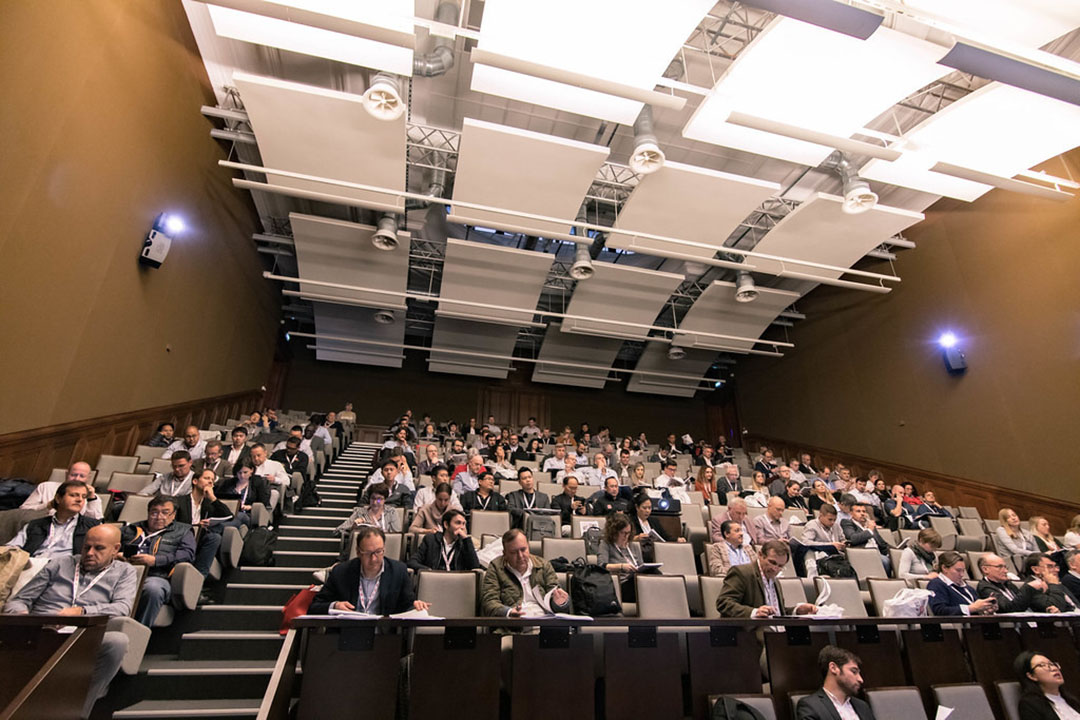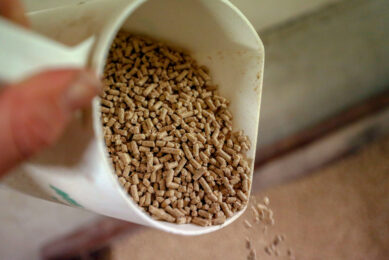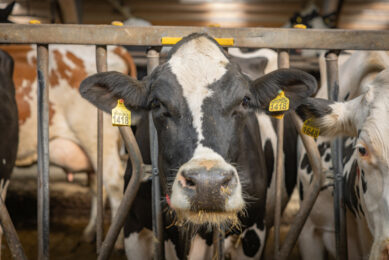Use of live yeast in sows, neonates and weanling pigs

The latest effects of live yeast addition in swine nutrition for both sows, neonatal piglets as well as weanling pigs were recently discussed at a well-attended meeting in Paris, France.
The 2019 Levucell SB International Meeting, held mid-October, was organised by Lallemand Animal Nutrition. The company had invited 130 professionals from 30 countries to gather at the Pasteur Institute in Paris, France.
The meeting revolved around the usage of Saccharomyces cerevisiae boulardii CNCM I-1079, marketed as Levucell SB and referred to as ‘live yeast’ in this article. About 15 years ago, R&D started to learn more about the mode of action and potential application of this live yeast. Currently, for all types of pigs, the concept is well documented in science.
Also read: Live yeast to withstand pelleting process
SOWS
Large litter size and reduced piglet vitality
Claudio Oliviero, University of Helsinki, Finland showed the link between large litter size and reduced piglet vitality, birth weight, as well as immunity. He shared a recent survey, indicating that around 30% of piglets receive insufficient colostrum levels, i.e. less than 250g/piglet. Oliviero recommended to evaluate colostrum IgG levels on farm using a refractometer: there is a documented correlation between colostrum IgG level and the Brix value.

Measuring colostrum immune quality
That precise method is being used by Eduardo Bernal, SpinVet, Colombia, in order to assess the effects of S. cerevisiae boulardii CNCM I-1079 on colostrum immune quality under farm conditions. A trial with the Brix index showed that with live yeast, there was an increase of the number of sows with adequate IgG level in the colostrum.

Farrowing strongly affects sow microbiota
Yannig Le Treut, general manager for Lallemand Animal Nutrition, explained that live yeast has become to be an effective tool to help reduce constipation around farrowing. He touched on recent studies using metagenomics, indicating that farrowing strongly affects sow microbiota. Live yeast supplementation, he said, led to a much more stable faecal microbiota around farrowing. Le Treut presented results from a Spanish trial, indicating that the best outcome is obtained by including yeast during gestation and lactation.
NEONATAL PIGLETS
Litter size and neonatal piglet diarrhoea
Neonatal diarrhoea in piglets is also an issue linked to large litter size. Francesc Illas, Grup Batallé, Spain, estimated that, at a 1,000 sow level farm, neonatal diarrhoea could cost producers at least € 30,000 in production losses (mortality and reduced growth). He said it is mainly a question of balance and various elements should be taken into consideration to aim for an equilibrium between infection pressure, immunity and management of the facilities.
Importance of maternal transfer
David Saornil, product manager – swine applications, at Lallemand, discussed neonatal diarrhoea, stressing the importance of maternal transfer in terms of immunity and microbiota in piglet’s early life, 2 crucial elements of the balance. Exploring the science behind live yeast, he mentioned various modes of action of yeast on piglets, through the sow, like for instance the stabilisation of the piglet intestinal microbiota and maintenance of the gut integrity.
Reduction of diarrhoea incidence or duration
Those were confirmed via several trials showing that, under various conditions, live yeast has a positive impact on newborn piglets, reducing diarrhoea incidence or its duration. Lallemand had invited an expert in human nutrition, being Vassilia Théodorou, who is also head of Toxalim, research centre in food toxicology, part of the French National Institute of Agricultural Research (INRA). She drew the link between the gut, the brain and the microbiota.

Also read: Yeast products for healthy pets
WEANLING PIGS
Immunological priming effect of live yeast
Jeff Carroll, research leader at the Agricultural Research Service, part of the United States Department of Agriculture (USDA), then focused on piglets after weaning. He aims for alternatives to medicated diets which could provide immunological protection to maintain high levels of productivity. His team conducted 2 studies to shed light on a possible immunological priming effect of live yeast in weanling piglets subject to an inflammatory challenge, and various inflammation biomarkers were analysed. Both studies combined indicated a real ‘immunological priming’ effect of the live yeast, with positive consequences on feed conversion.
Pigs are sensitive to mycotoxins
Piglet immunity and reaction to an inflammatory challenge were further investigated by mycotoxin specialist Imourana Alassane-Kpembi, from INRA Toxalim. He demonstrated that pigs are particularly sensitive to mycotoxins in cereals. Both innate and acquired immune response are affected by mycotoxins. Using transcriptomic techniques, he showed that live yeast supplementation to piglet can mitigate the detrimental effects induced by deoxynivalenol (DON) at gene expression level in gut tissue.

Yangxiang: live yeast can improve piglet FCR
The weaning piglet session was concluded by a commercial testimonial by Dr Fu Shuangxi, speaking on behalf of feed and swine producer Yangxiang, China. To prepare for the Chinese antibiotic growth promoter ban in 2020, Yangxiang has been carrying out 4 trials with live yeast. Both on commercial farms and research stations, they confirmed that live yeast could effectively improve the feed conversion of post-weaning piglets.

New techniques are promising
The meeting ended with a forward-looking presentation of Mathieu Castex, R&D director within Lallemand. He showed that knowledge of the roles of the intestinal microbiota is building up and understanding of the interplay with the host physiology is also growing. Castex concluded that new techniques such as ‘-omics’ or the development in vivo and in vitro models will allow to continue exploring further research.











